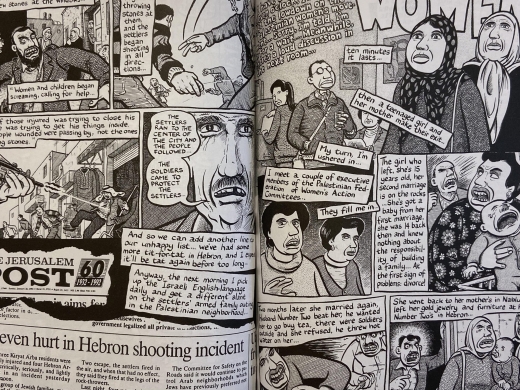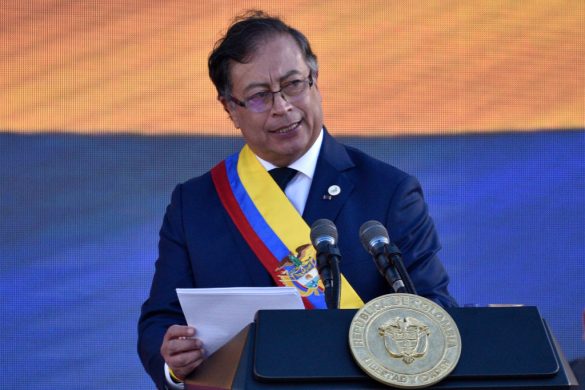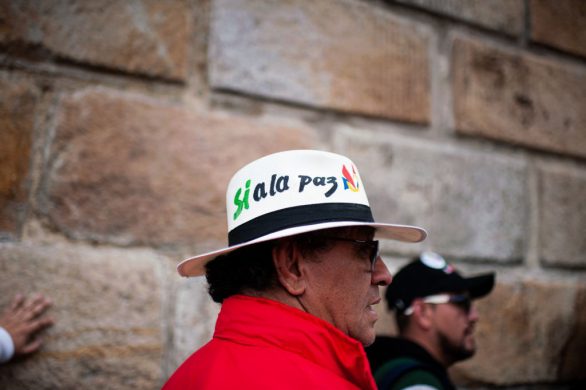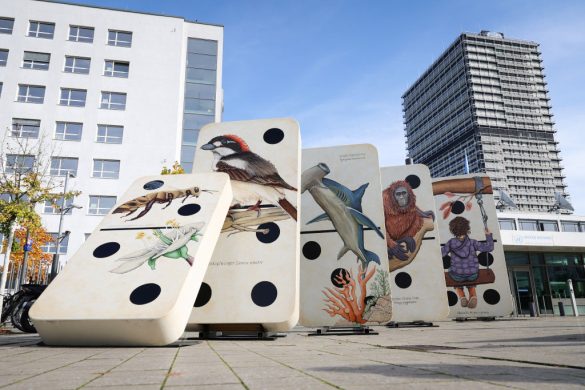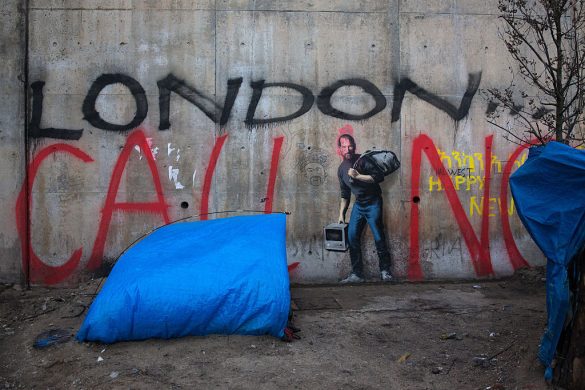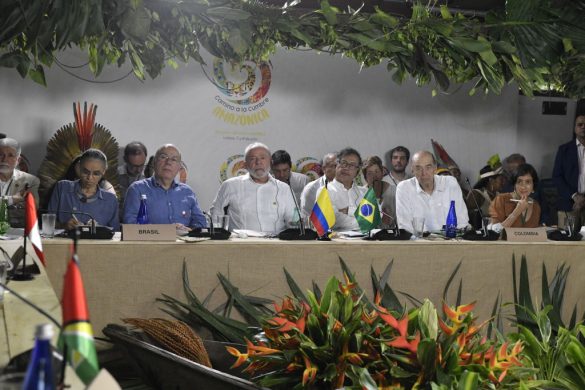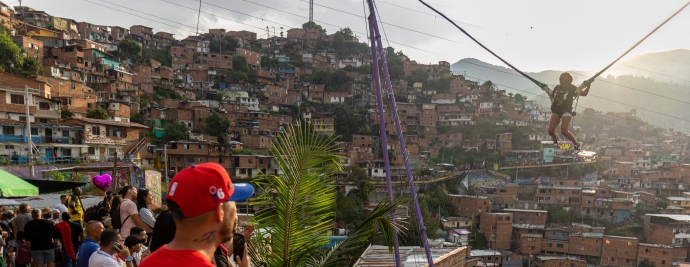BOGOTÁ, 19 February, 2017 (UN Colombia): Around 300 men and women arrived on 18 February at the zone of Agua Bonita, in the department of Caquetá, central Colombia, where the UN Mission will verify the laying down of arms. This movement completes the arrival of around 6,900 FARC-EP men and women, some of them pregnant or with small children, to begin their transition to civilian life.
In the past 19 days they rode cars, buses, boats or walked around 8.700km through 36 routes across the country, accompanied by over 860 women and men from the tripartite Monitoring and Verification Mechanism (MVM)—with the Government, the FARC-EP and coordinated by the UN Mission in Colombia—working in close coordination with the public forces.
One of those newly arrived to the Agua Bonita zone is 10-month old Pancho, whose mother joined the FARC-EP a few years ago. His father is also part of the FARC-EP’s third front and the family will be living together at the camp, for which the Government will provide logistics, and where the UN Mission will have permanent presence to verify the laying down of arms.
Overkom besværlig logistik
“The UN Mission in Colombia and the MVM consider that the FARC-EP’s decision to move into the zones—in spite of the limited logistics in the majority of them—is very positive,” said General Javier Pérez Aquino, head of the UN Mission observers and MVM Coordinator, calling this day “historic”.
“This decision considerably reduces the possibility of armed contact (…) and we also hope that their presence will accelerate the construction works in these camps, creating the appropriate conditions to continue with the process that will lead to their reinsertion into the social, economic and political life,” he added.
Pérez Aquino explained to journalists in the department of Caquetá that in spite of the need to finalize the logistics around the camps, the deadline for the completion of the laying down of arms remains, 180 days after the Final Agreement came into force on 1 December.
At the Bogotá office as well as eight regional and 26 local sites, FARC-EP and Government members work together on a daily basis, verifying the parties’ commitments towards the ceasefire and cessation of hostilities, along with 350 UN Mission observers from 16 countries, most of them from the Community of Latin American and Caribbean States, and also from Great Britain, Norway, Portugal, Spain and Sweden.
Tidligere fjender arbejder sammen
Esperanza Fajardo, 45, said she joined the FARC-EP in the 90’s, escaping the killings of left-wing Unión Patriotica political affiliates. Today she works hand in hand with Government and UN Mission counterparts. “We work together to implement the Final Agreement and I feel hopeful that this process will lead to a country with more social justice.”
Her Government counterpart, Mayor Alejandro Cruz, has a huge scar across his chest. “I was injured twice in combat against the FARC-EP,” he explains. “I feel very committed to this process because I want our children and grandchildren to live in a conflict-free country.”
The tripartite Mechanism’s coordinator, General Pérez Aquino, hailed the MVM members’ hard work and commitment to the peace process, accompanying the FARC-EP movement and continuing the ceasefire and cessation of hostilities verification.
He added that for this process to be effective other aspects of the Final Agreement need to consolidate, such as the logistical support, security and social and economic conditions that will enable the transition to civilian life and lead to a sustainable peace.



